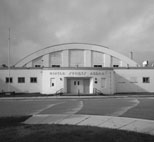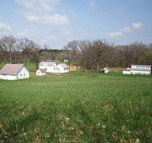Historic Property Studies
Historic Property Studies are a tool utilized to thoroughly document a historic resource, often because the resource will soon be demolished – a bittersweet project.
Winter Sports Arena – Polk County - Crookston, Minnesota
When opened, the facility accommodated the local hockey program and meeting spaces for community groups. The arena continued in that fashion for many years, but by mid-century, growth in the hockey program required use of all spaces for the sport alone and eventually the construction of the new arena to the east.
The Winter Sports Arena opened for its final season on October 1, 2009. The building was razed in March of 2011.
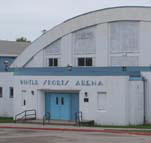 |
 |
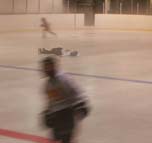 |
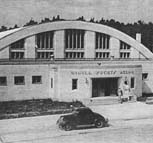 |
Somnolent Grove – Linn County - Cedar Rapids, Iowa
When shifting national health practices exerted requirements that made small dairy operations financially impractical, Usher adapted the resources at Somnolent Grove to hog farming. As a result, buildings were moved and/or refitted to accommodate the new function.
Otto Usher was recruited to sharecrop a large farm southwest of Cedar Rapids in 1929, near what was known as Stoney Point, where he became a dairyman. Many of his customers, including members of the Cedar Rapids Jewish community, came out to the farm from the city to purchase milk. In 1936 the Usher family moved to the farmstead off of Zika Avenue. During this period Otto began to deliver milk to patrons in the city utilizing a panel truck. The business was known at this time as “Usher Dairy”. Changing health regulations directed at monitoring the safety of dairy products transformed the dairy industry over a period of several years and forced many small dairy enterprises out of business; by the late 1940s the Usher family had begun to transition away from dairy farming and into hog farming.
Otto Usher’s youngest son, Paul Usher, purchased the farm in 1946. He lived there with his parents until their passing, and then alone until 2007. It was Paul Usher who named the farm Somnolent Grove, having seen the word somnolent in a book entitled “Cudihu, Cudihay” and felt that it so perfectly described the beauty and serenity of his farmstead.
Somnolent Grove was razed in 2010 to make way for a residential development.
 |
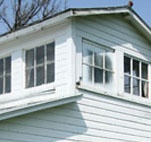 |
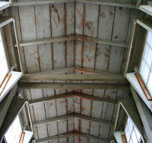 |
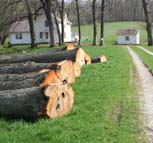 |

